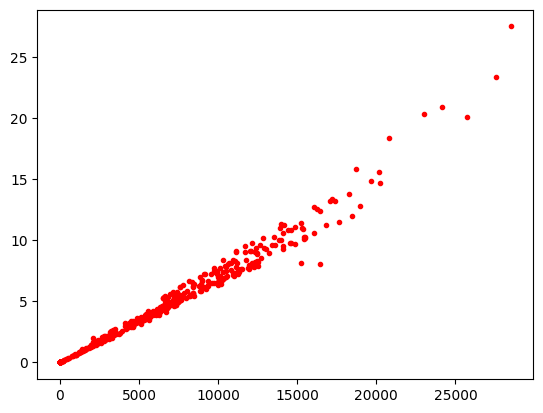Introduction#

Dedicated to those who have devoted themselves to guiding humanity
Table of Introduction in PR#
Preface#
The book “Pattern Recognition” covers four main topics: clustering, classification, feature reduction, and classifier fusion, emphasizing their cost functions. It integrates both theoretical and practical aspects, offering ready-to-use codes for students and researchers. The book’s unique approach categorizes methods based on cost functions, providing a comprehensive review of techniques from past to present. It includes detailed explanations and practical coding support, making it a valuable resource for understanding and applying pattern recognition concepts.
Lesson 1: Introduction and Overview#
Nowadays, every individual is accompanied by a set of sensors that continuously collect various types of data. Additionally, people themselves contribute to the data pool by uploading photos, videos, and text. Smart watches and mobile phones, which many people carry, are equipped with an array of sensors including gyroscopes, accelerometers, three-axis magnetometers (x, y, z), and force sensors, which are common in most smart watches. The diagram below, along with an image of a smartwatch, illustrates the sensors and their structure within the watch. Some smartwatches even provide sensors for electrocardiogram and blood oxygen levels.
The internal structure of the smart watch
Code for daily step count data from a smart watch will be included here.
import pandas as pd
import numpy as np
import matplotlib.pyplot as plt
df = pd.read_csv('dailyActivity_merged.csv')
x = df.iloc[:, 3].values
y = df.iloc[:, 4].values
plt.plot(x,y,'.r')
plt.show()

Also activity recognition from other view can be see in this my paper. Activity Recognition In Smart Home Using Weighted Dempster-Shafer Theory Hadi Sadoghi Yazdi and et.al. - Int. J. Smart Home, 2013
Data shared by individuals on social platforms like Flickr, 500px, Telegram, WhatsApp, Instagram, etc., can be valuable for analysis and decision-making in providing solutions for a better life. Nowadays, processing such data requires learning systems that are trainable. This book covers the necessary topics for such systems, typically focusing on fundamental principles and mathematics needed in pattern recognition learning discussions. The learning process involves issues such as data type, data application to the learning system, learning model, learning cost function, and system generalizability, which will be gradually introduced in the pattern recognition course over time. In this course, the focus is mainly on the following sections:
